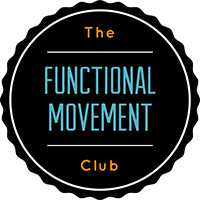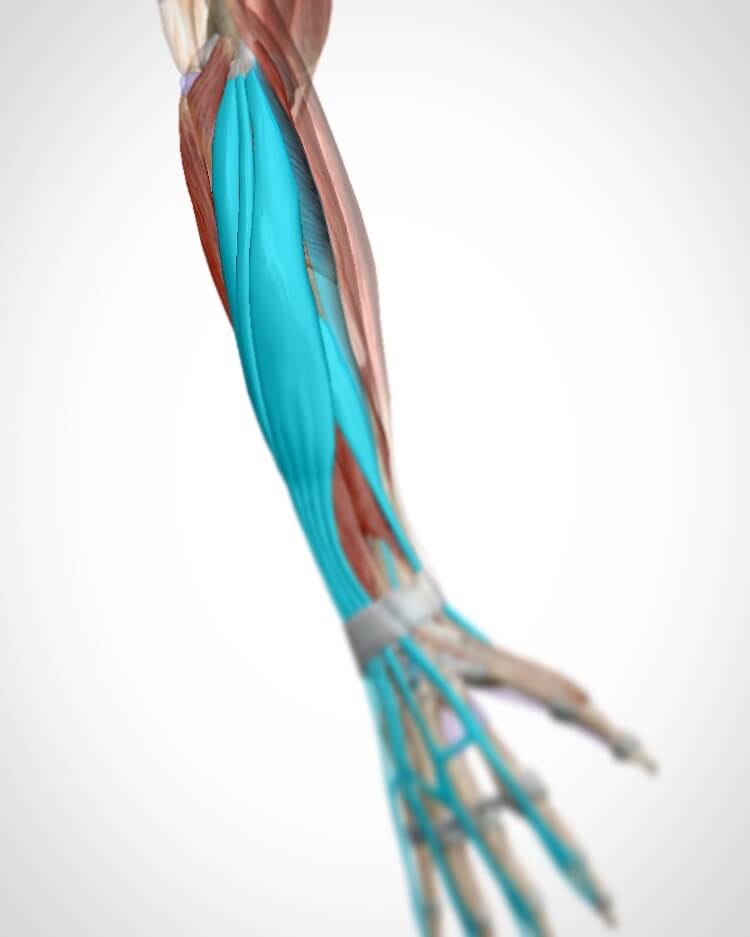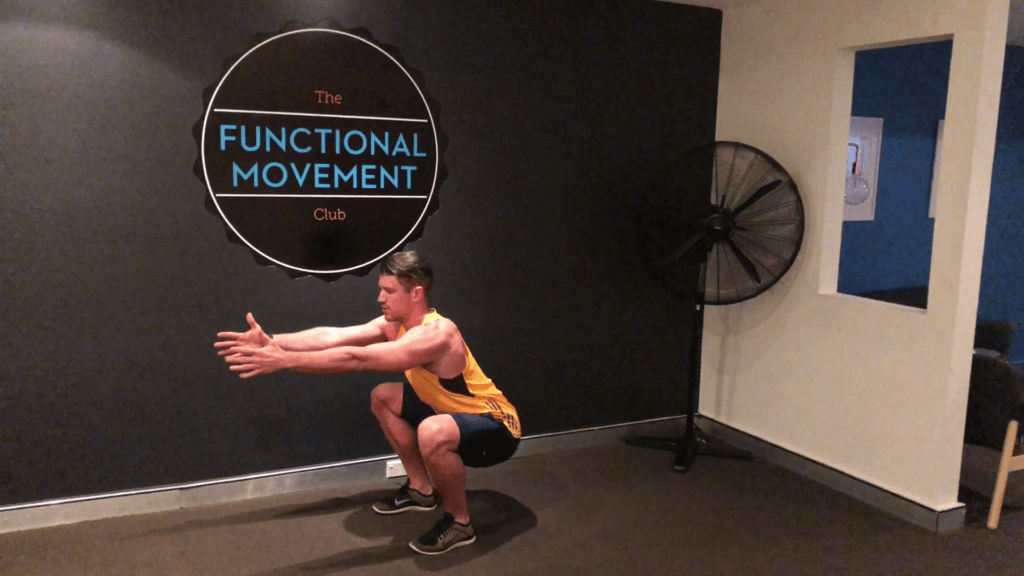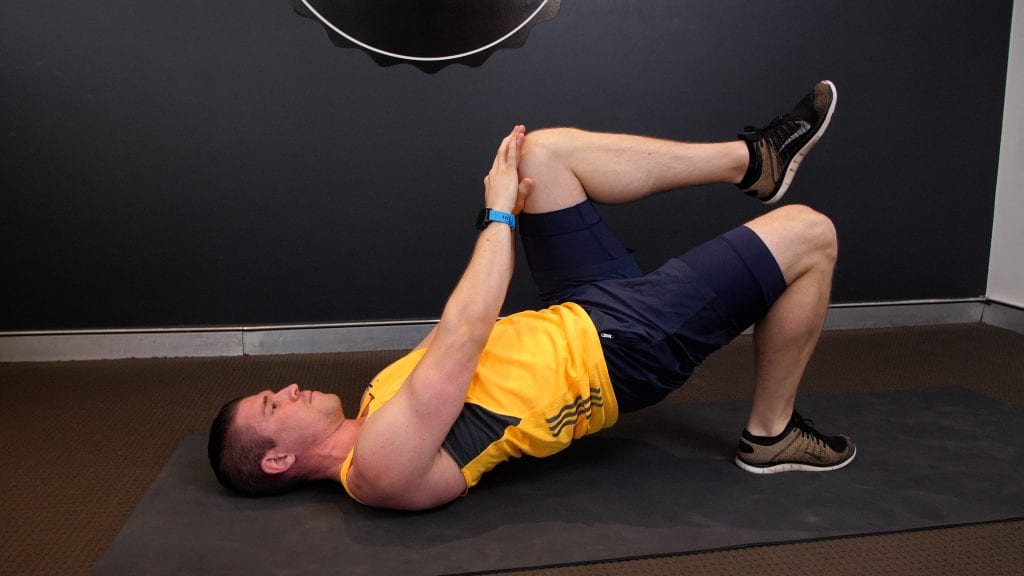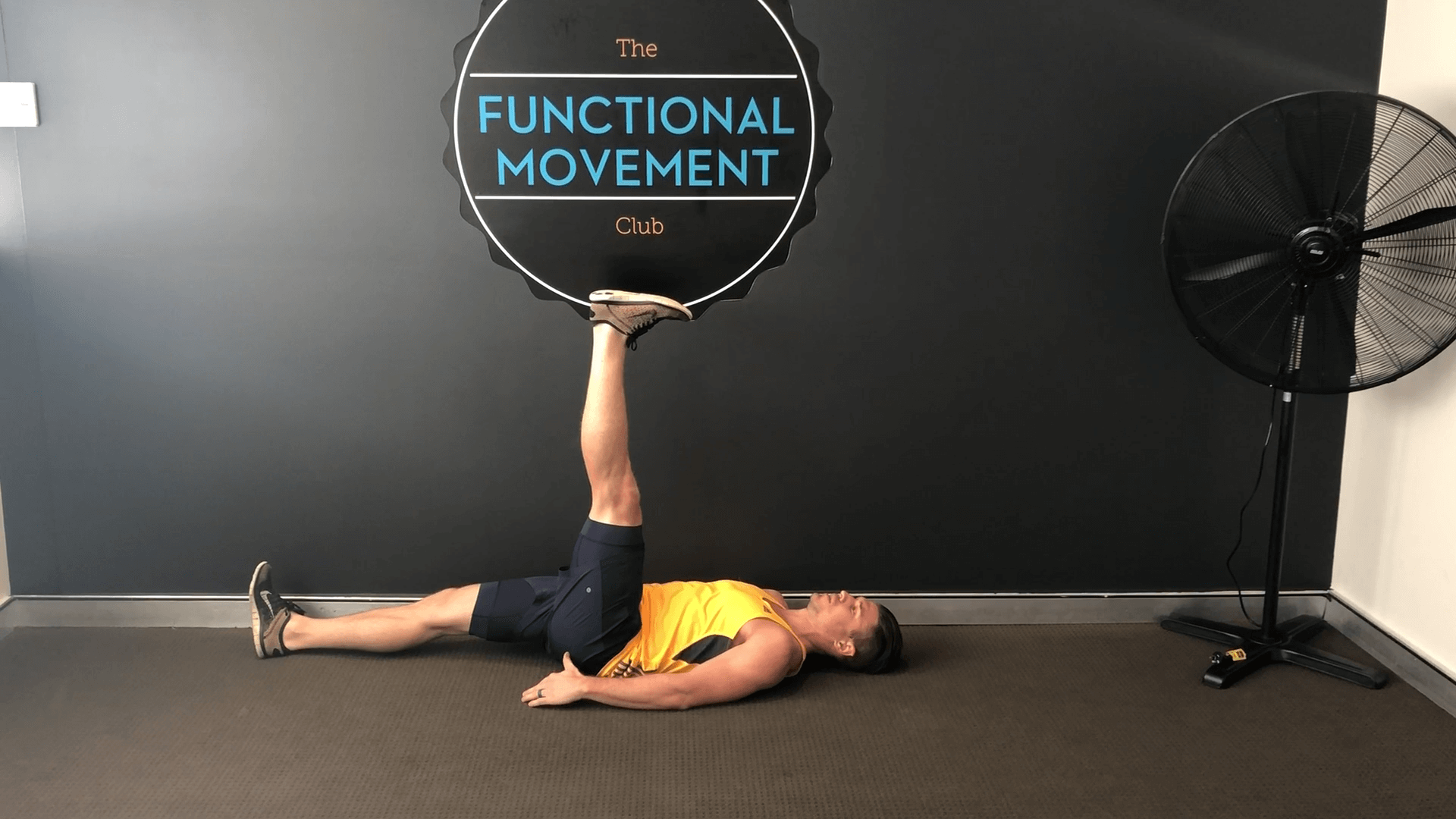
Our Favourite Stretches For Back Pain
The goal of stretching is to maintain symmetry throughout your body. When you move evenly on both sides your body work more efficiently. You are better able to deal with the stress strain you put it under. Although evidence around static stretching before a strenuous activity (you are better off warming up with a range of sport specific active movements). The benefits of regular stretching (3-4 times per week) help to relax the muscle, and increases range of motion. Stretches For Back Pain can also help relieve tired muscles at the end of long days or weeks.
Benefits of Stretches For Back Pain:
- – It helps to stabilise moods, makes you more relaxed and aids in stress relief. Stretching helps to release endorphins, dopamine and serotonin. These are the chemicals secreted from your brain, which help to motivate you, fight off depression and decrease anxiety.
- – You’ll move more efficiently, and allow you to exercise for longer.
- – It gives you more energy, due to the release of dopamine, it is a natural pick me up, it increases productivity, and drives you to take action towards your goals, desires, and needs.
- – It helps to relax muscles and prepare your body for sleep through regulation of melatonin secretion.
- – You become less prone to injuries due to increased flexibility and improved range of motion
- – Works wonders for your postures by reversing all the harm you do to our musculoskeletal system by sitting all day.
- – And finally it can enhance muscular co-ordination, by regulating muscle imbalances.
PSST . . . Here’s a FREEBIE I made for you
Stretches For Back Pain:
Don’t use stretching as your warm up. Before stretching warm up with 5-10 mins of low intensity activity. This wakes up the body, includes blood flow to our muscles and prepares the body for exercise. Then to finish off you should always do a couple of activation drills to help maintain your new found ranges of motion.
- – Foam roll first to increase blood flow to your muscle fibres and results in greater benefit being gained from your new stretching regime.
- – Focus on major muscle groups, you can make it sport specific or go for whole body including: calves, hamstrings, quadriceps, hip flexors, gluteals, chest, back and neck.
- – Hold stretches for 30 seconds to 1 min. The longer and more regularly you can stretch the more long-term benefits you will see.
- – Sport specific, e.g. soccer players will focus predominately on legs, rugby or AFL will incorporate more whole body.
- – Active stretching, e.g. by tensing the quadriceps we automatically make the hamstrings relax.
- – Make it a regular thing, whilst it can be time consuming. It is only a waste of time when done sporadically
* It may be worth consider holding off on stretching before an intense activity. As current evidence indicates static stretching can be harmful and actually decrease performance, in this instance I would recommend a more active warm up, incorporating sport specific movements to prepare the muscles.
My favourite Stretches For Back Pain:
Gluteal Stretch:
Your gluteals run along the back of the pelvis. To stretch the gluteals:
- – Start on all-fours (table top position) with your knees directly below your hips, and your hands directly below of your shoulders, fingers spread.
- – Gently lower your pelvis to the ground as you flatten the back leg. It should be pointing straight back.
- – Remember to keep breathing keeping the chest up.
- – To deepen the stretch walk your hands forward and fold as far as you can. If it’s possible, gently lower your forehead onto the ground. Keeping your leg in the same position
- – Breathe and relax into the fold
- – Hold this position for 30 seconds
- – Repeat on the opposite leg
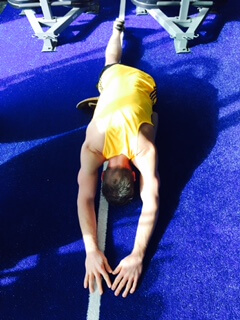
Pigeon Pose
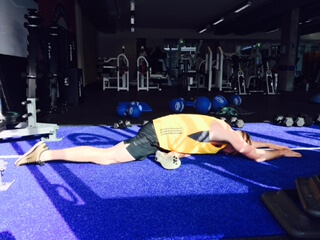
Pigeon Pose
Hamstring stretch:
Your hamstring muscle runs along the back of your upper leg. To stretch your hamstring muscles:
- – Sit on the floor near with your left leg straight and the right tucked into your left
- – Keeping your back straight hinge at the and reach down the left leg. Keep your left knee slightly bent if pain occurs (this will help isolate the stretch to your hamstring). If you cant reach your toes find a comfortable spot on the leg to rest the hands, making sure the back stays straight.
- – Gently straighten your left leg until you feel a stretch along the back of your left thigh.
- – Hold for about 30 seconds.
- – Switch legs and repeat.
- – As your flexibility increases, maximize the stretch by gradually reaching further down the leg
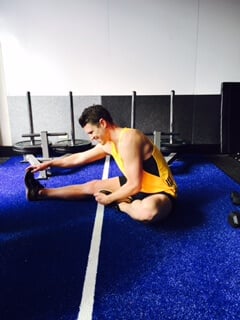
Seated Hamstring Stretch
Hip flexor stretch:
Your hip flexors, which allow you to lift your knees and bend at the waist, are located on your upper thighs, just below your hipbones. To stretch your hip flexors:
- – Kneel on your right knee, cushioning your kneecap with a folded towel.
- – Place your left foot in front of you, bending your knee and placing your left hand on your left leg for stability.
- – Place your right hand on your right hip to avoid bending at the waist. Keep your back straight and abdominal muscles tight.
- – Lean forward, shifting more body weight onto your front leg. You’ll feel a stretch in your right thigh.
- – Hold for about 30 seconds.
- – Switch legs and repeat.
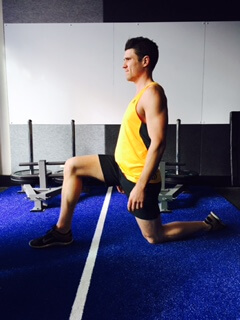
Hip Flexor Stretch
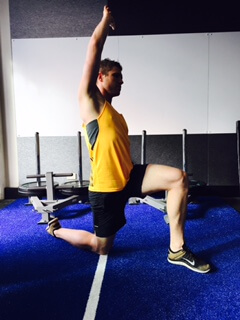
Hip Flexor Stretch Progression
Calf stretch:
Your calf muscle runs along the back of your lower leg. To stretch your calf muscles:
- – Stand at arm’s length from a wall or a piece of sturdy exercise equipment.
- – Place your right foot behind your left foot.
- – Slowly bend your left leg forward, keeping your right knee straight and your right heel on the floor.
- – Hold your back straight and your hips forward. Don’t rotate your feet inward or outward.
- – Hold for about 30 seconds.
- – Switch legs and repeat.
- – To deepen the stretch, slightly bend your right knee as you bend your left leg forward.
- – From this position we can drop the back knee toward the wall or sturdy exercise equipment until we feel a deeper stretch a little lower then the calf, this is your soleus muscle.
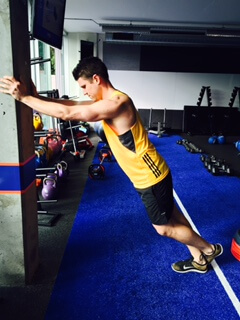
Calf Stretch On Wall
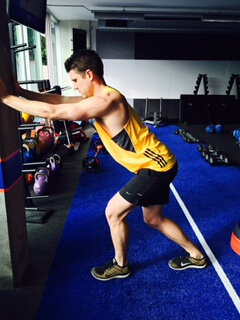
Soleus Stretch On Wall
Iliotibial band (ITB) stretch:
The iliotibial band (ITB) is a band of tissue that runs along the outside of your hip, thigh and knee. To stretch your ITB:
- – Stand near a wall or a piece of sturdy exercise equipment for support.
- – Cross your left leg over your right leg at the ankle.
- – Extend your left arm overhead, reaching toward your right side. You’ll feel a stretch along your left hip.
- – Hold for about 30 seconds.
- – Switch sides and repeat.
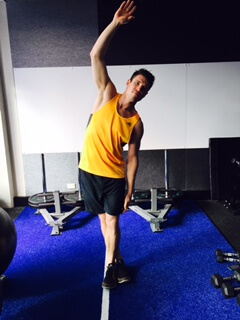
ITB Stretch
Quadriceps stretch
Your quadriceps muscle runs along the front of your thigh. To stretch your quadriceps muscles:
Stand near a wall or a piece of sturdy exercise equipment for support.
- – Grasp your ankle and gently pull your heel up and back until you feel a stretch in the front of your thigh.
- – Tighten your stomach muscles to prevent your stomach from sagging outward, and keep your knees close together.
- – Hold for about 30 seconds.
- – Switch legs and repeat.
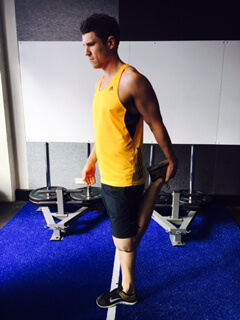
Standing Quadriceps Stretch
Adductor (groin stretch):
Your adductor muscles run along the inside of your upper leg. To stretch your adductors:
- – Stand with feet slightly wider then hip width apart.
- – Rotate the right foot so it is at 90° to the left foot.
- – Rotate the body for it is facing the same direction as the right foot.
- – Bend the Right knee until a stretch is felt in the left groin.
- – Hold for about 30 seconds.
- – Switch legs and repeat.
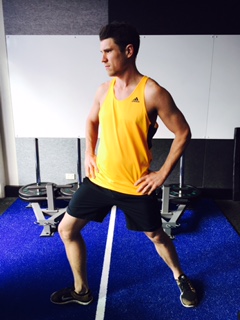
Adductor Stretch
In Summary:
The benefits of Stretches For Back Pain:
- – It makes you more relaxed.
- – You work more efficiently.
- – It gives you more energy.
- – Aids in sleep.
- – You are less prone to injury.
- – Improves posture.
- – Enhances muscular co-ordination.
How to get the most out of your Stretches For Back Pain:
- – Foam roll first to help relax the muscle.
- – Focus on major muscle groups.
- – Hold stretches for 30 seconds to 1 min.
- – Be sport specific.
- – Try Active stretching.
- – Make it a regular thing.
After stretching you can help to to do some activation drills such as the ones found in the articles below:
